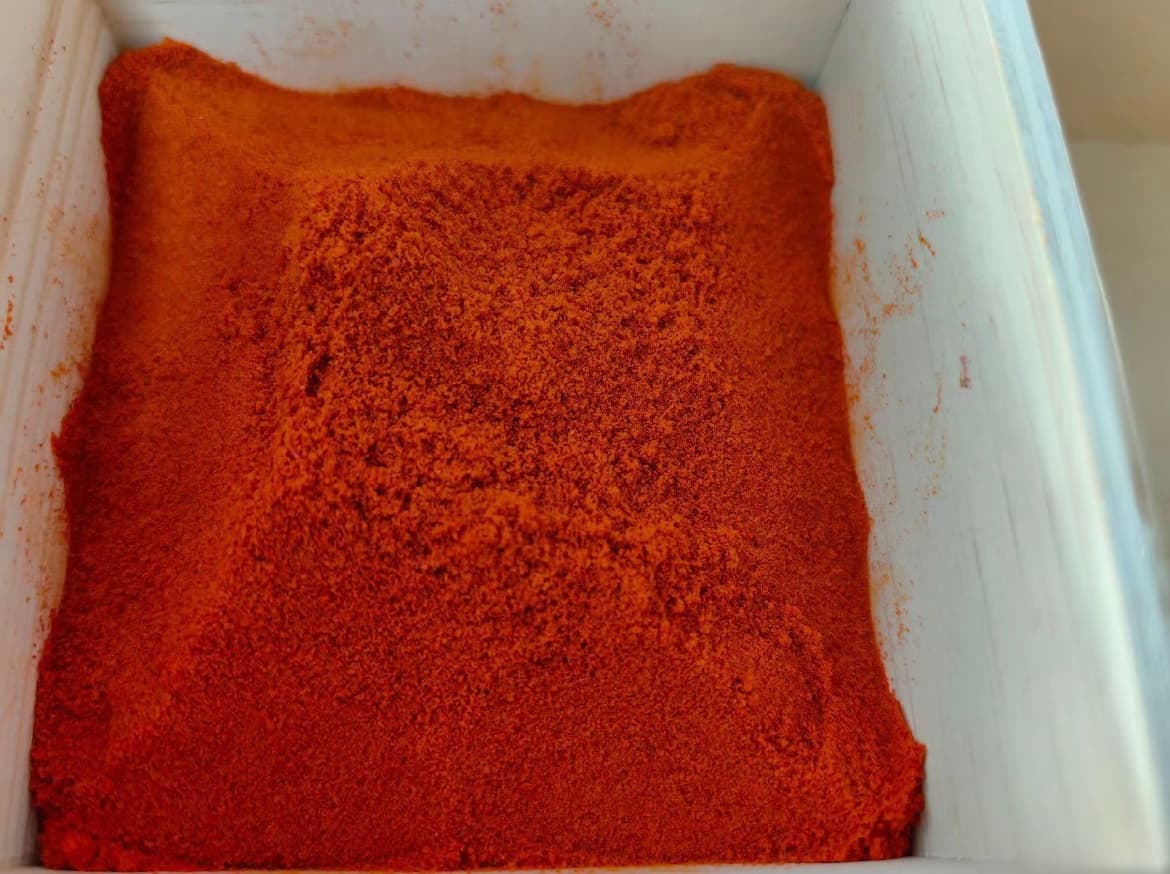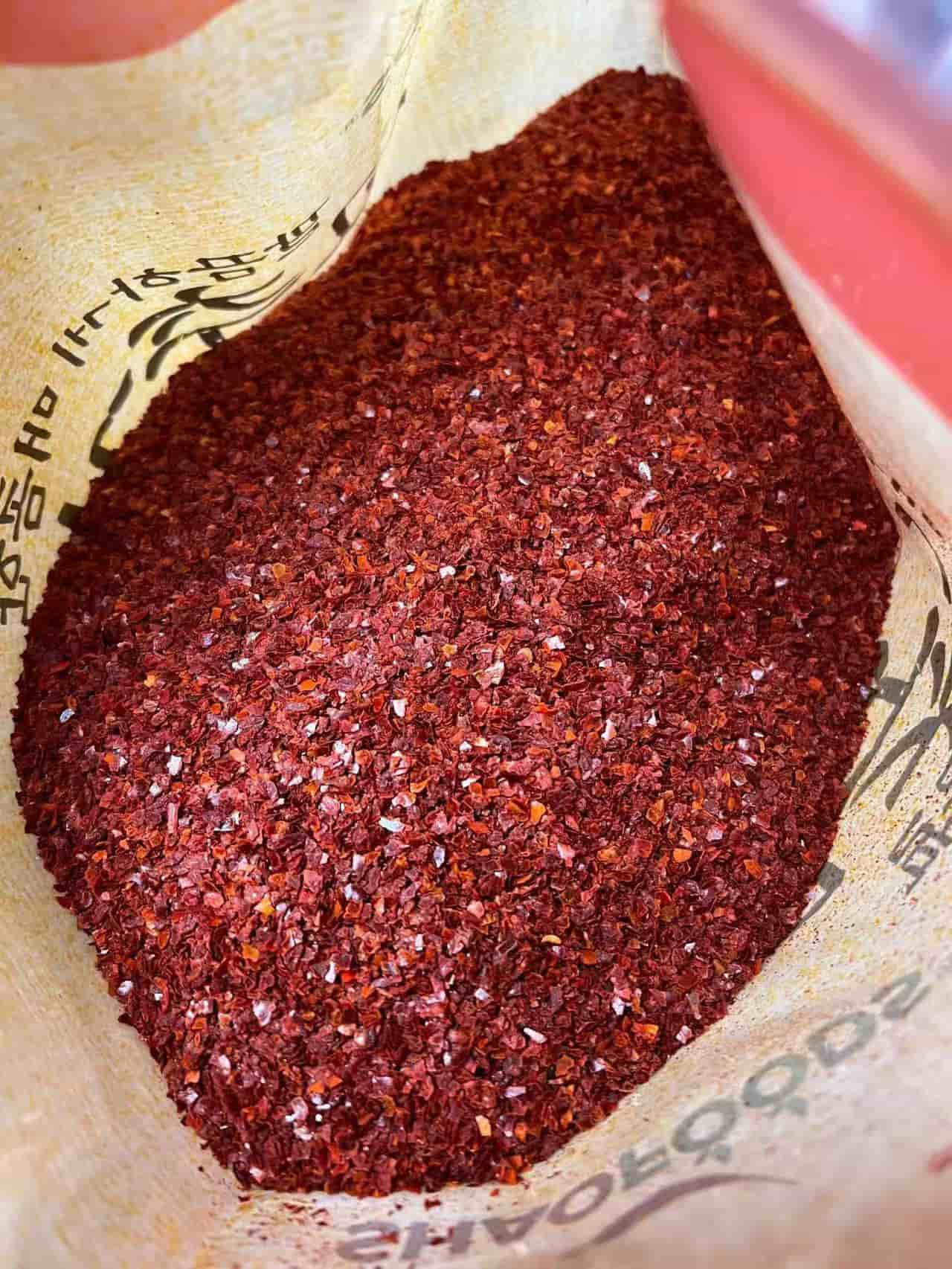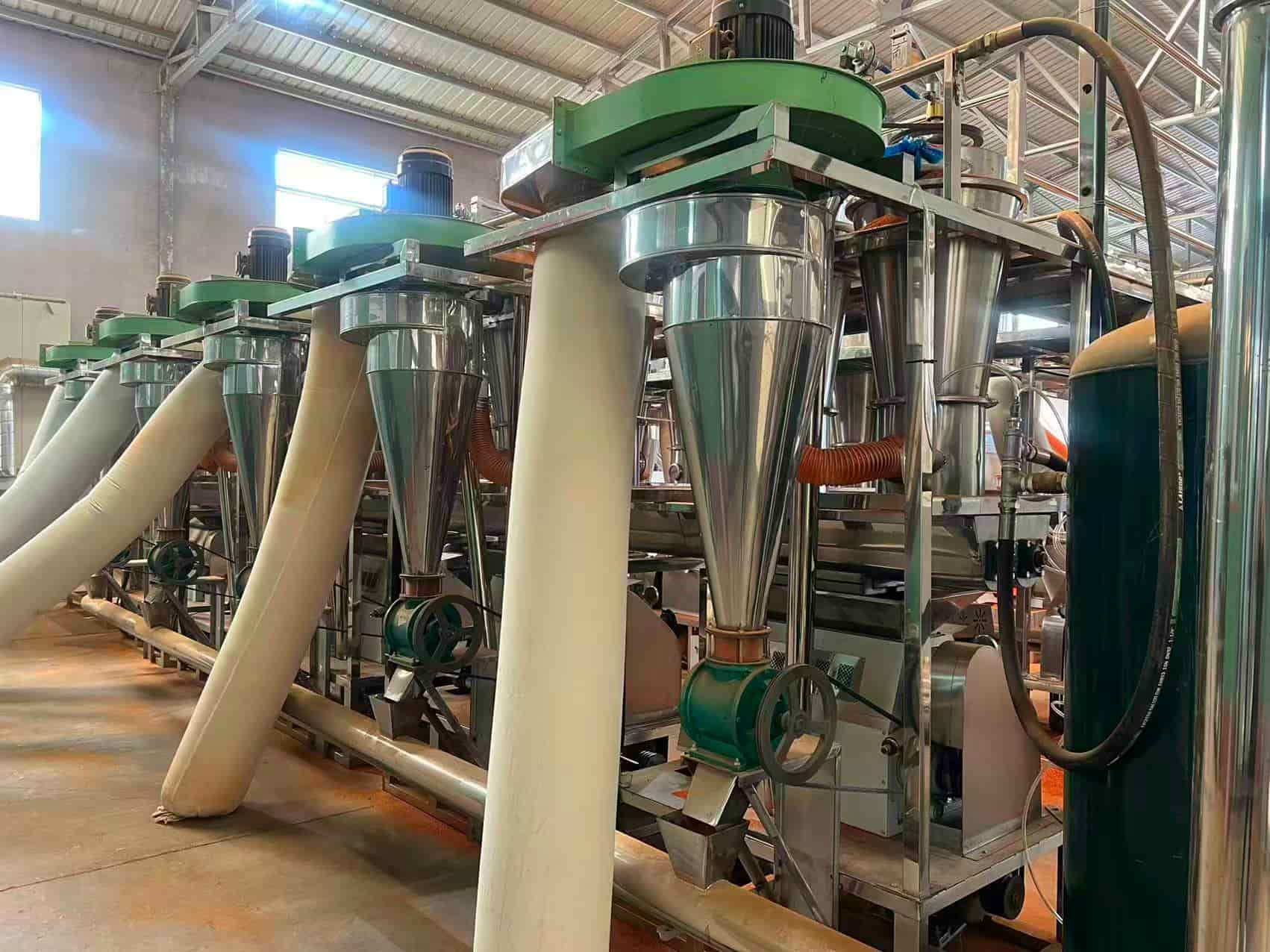The Health Benefits of Paprika: Sweet Paprika & Red Paprika Powder
Paprika, derived from ground red peppers, is a popular spice known for its vibrant color, mild to moderate heat, and unique flavor profile. Not only does it add a burst of color and flavor to your dishes, but paprika, particularly sweet paprika and red paprika powder, offers various health benefits. In this article, we’ll explore the health advantages of incorporating paprika into your diet, the differences between sweet paprika and red paprika powder, and how to use it for maximum benefits.
What is Paprika?
Paprika is made from dried and ground red peppers, typically from the Capsicum annuum species, which include sweet and hot varieties. Paprika is most commonly associated with Hungarian and Spanish cuisines, but it has become a global staple in many kitchens around the world. Depending on the variety, paprika can be mild, sweet, or hot.
The Different Types of Paprika
Sweet Paprika: This type of paprika has a mild, slightly sweet taste and is often used in dishes where a subtle flavor is desired without too much heat. Sweet paprika is the most commonly used variety in cooking.
Red Paprika Powder: This is the general term for paprika in its powdered form. It can range from mild to hot and is often used to add color, flavor, and a touch of spiciness to dishes. Red paprika powder can vary in flavor based on the variety of pepper used to make it.
Health Benefits of Paprika
1. Rich in Antioxidants
Paprika, especially sweet paprika, is loaded with antioxidants like vitamin C, carotenoids, and flavonoids. These compounds help to neutralize harmful free radicals in the body, protecting cells from oxidative stress and potentially reducing the risk of chronic diseases like heart disease, cancer, and diabetes. The vibrant red color of paprika comes from the carotenoids, including beta-carotene, which is converted into vitamin A in the body.
2. Boosts Immune System
The high vitamin C content in paprika is one of its most notable health benefits. Vitamin C is essential for a healthy immune system, as it helps the body fight off infections, promotes wound healing, and enhances the absorption of iron from plant-based foods. A teaspoon of paprika can provide a significant portion of your daily vitamin C needs.
3. Promotes Healthy Digestion
Paprika contains capsaicin, the compound responsible for its heat. Capsaicin has been shown to stimulate the production of digestive enzymes and increase blood flow to the digestive system, which may help improve digestion and alleviate indigestion. Capsaicin is also known to support a healthy metabolism, potentially aiding in weight management.
4. Anti-Inflammatory Properties
Chronic inflammation is linked to various health issues, including arthritis, heart disease, and autoimmune disorders. Paprika contains compounds like capsaicin and other flavonoids that have natural anti-inflammatory effects. Regular consumption of paprika in moderate amounts may help reduce inflammation in the body, promoting overall well-being.
5. Supports Eye Health
The carotenoids found in paprika, including lutein and zeaxanthin, are beneficial for eye health. These antioxidants are known to protect the eyes from oxidative damage and may reduce the risk of age-related macular degeneration (AMD) and cataracts. Adding paprika to your diet could support long-term eye health.
6. May Aid in Weight Loss
Capsaicin in red paprika powder has been linked to a modest increase in metabolism. Some studies suggest that capsaicin can promote fat burning and increase calorie expenditure, making it a potential ally in weight management. Additionally, paprika can add flavor to meals without the need for excessive salt, sugar, or fats, making it a great option for those looking to maintain a healthy diet.
7. Improves Skin Health
Paprika’s high levels of vitamin C and carotenoids are also beneficial for skin health. Vitamin C is essential for the production of collagen, a protein that helps maintain the structure and elasticity of the skin. Regular consumption of paprika may help reduce signs of aging, such as wrinkles and sagging skin, while also promoting a healthy, glowing complexion.
How to Incorporate Paprika into Your Diet
In Soups and Stews: Sweet paprika adds a rich, mild flavor to soups, stews, and chilies. It can be used to season meats or vegetables and can even be sprinkled over creamy dishes for an extra layer of taste.
On Grilled Vegetables or Meats: Red paprika powder is a great seasoning for grilled vegetables or meats. Mix it with olive oil and a pinch of salt for a flavorful marinade that adds color and taste to your dishes.
Sprinkle on Eggs or Avocado Toast: A dash of sweet paprika can enhance the flavor of eggs or avocado toast, providing a mild kick without overwhelming the dish.
In Salad Dressings: Blend sweet paprika into your salad dressings or vinaigrettes to give your salads a pop of color and a subtle earthy flavor.
As a Garnish: A light sprinkle of paprika can elevate the visual appeal of dishes like hummus, deviled eggs, or roasted potatoes.
Conclusion
Paprika, particularly sweet paprika and red paprika powder, is not only a flavorful addition to your meals but also a nutrient-packed spice with numerous health benefits. Its rich antioxidant content, immune-boosting properties, digestive support, anti-inflammatory effects, and potential to promote healthy skin and eyes make it a valuable addition to your diet. Whether you’re cooking savory dishes, adding a pop of color, or experimenting with new flavors, paprika is a versatile and healthy spice that can elevate both your cooking and your health.
 Red Chile Peppers & Chili Varieties – Spicy Flavor from the Source
Red Chile Peppers & Chili Varieties – Spicy Flavor from the Source
 Natural Red Pepper Powder & Ground Chili – Authentic Korean & Chinese Flavors
Natural Red Pepper Powder & Ground Chili – Authentic Korean & Chinese Flavors
 Trusted Dry Red Pepper Manufacturer – Powder & Sliced Options Available
Trusted Dry Red Pepper Manufacturer – Powder & Sliced Options Available
 Crushed Red Pepper & Dehydrated Bell Pepper from China’s Leading Spice Factory
Crushed Red Pepper & Dehydrated Bell Pepper from China’s Leading Spice Factory

